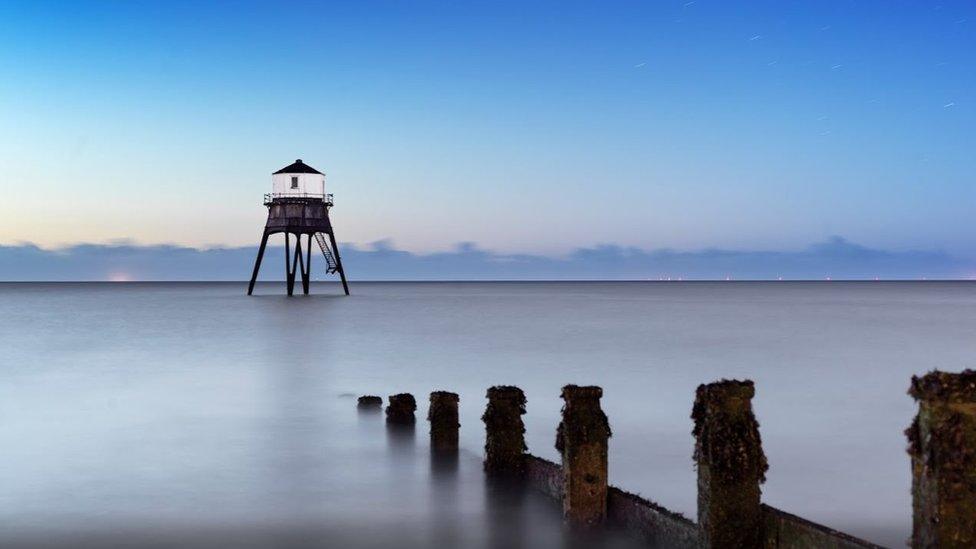Hartlepool gun battery and Byker church among new at-risk sites
- Published
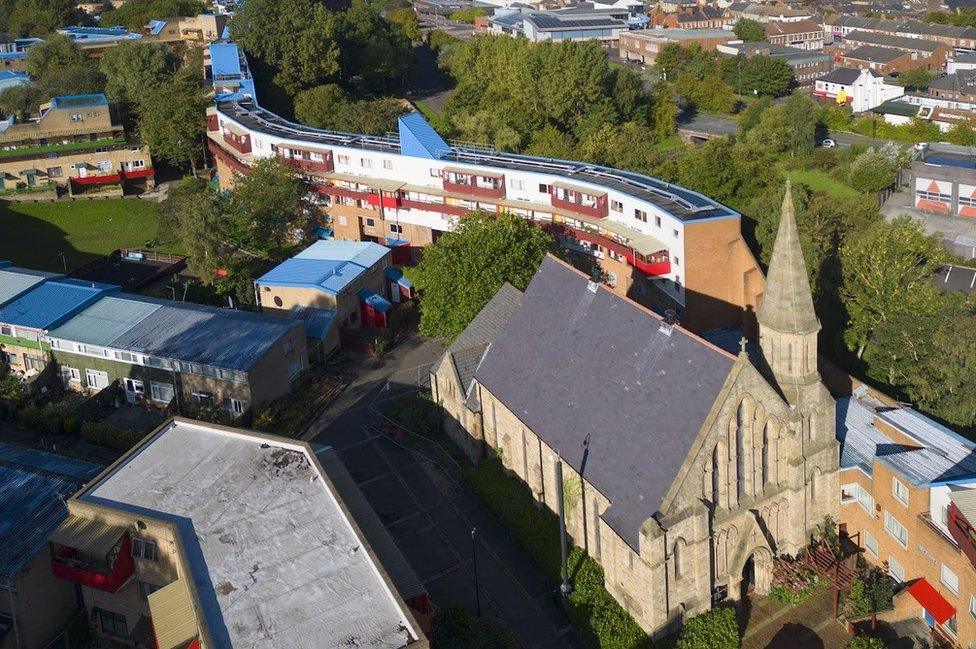
St Lawrence Church was incorporated into the Byker Wall development in the 1970s
A World War One gun battery and 176-year-old church are among sites deemed to be at risk by Historic England.
Thirteen sites in the North East have been added to the conservation body's list of those at risk of "neglect, decay or inappropriate development".
They include the Heugh battery in Hartlepool, St Lawrence Church in Byker and several parts of the Stockton and Darlington railway.
Five sites were removed from the list after being "saved", a spokesman said.
This is the 25th year Historic England has made a list of at-risk properties and the spokesman said about three-quarters of those added since 1998 have been removed after being renovated.
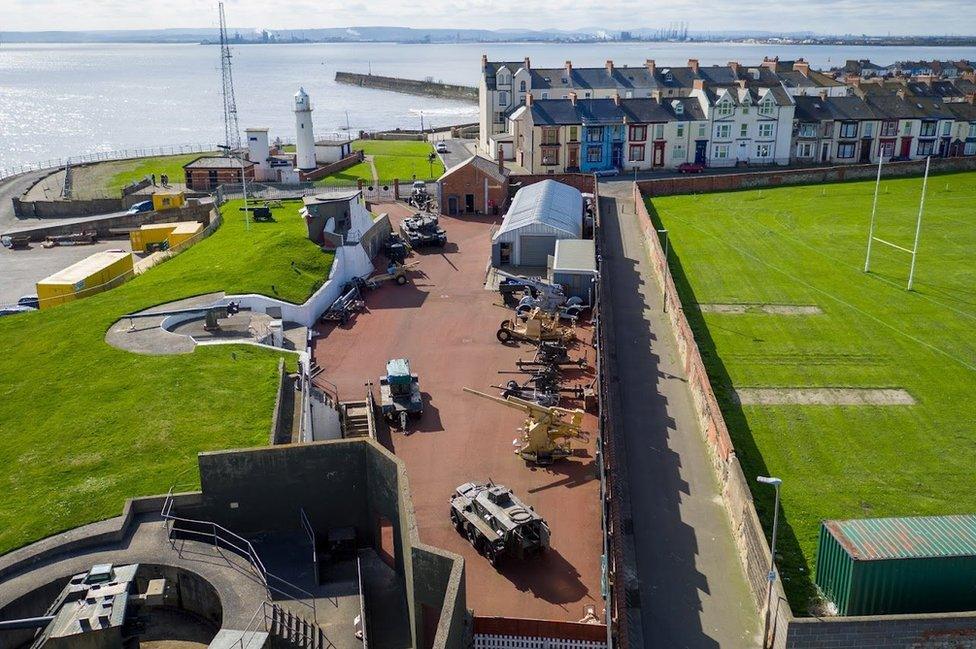
The Heugh Battery in Hartlepool is run as a war museum
Tom Frater, Regional Director for Historic England in the North East and Yorkshire, said: "It is truly inspirational to see communities in the region coming together to save historic places and find new uses for them.
"The Heritage at Risk programme shines a light on our most in-need historic sites, and has a record of attracting funding and practical help."
Among the 262 North East sites on the 2023 register is St Lawrence Church, a Grade II*-listed building built in the early English gothic revival style in 1847.
It was was originally built in New Bridge Street for the local Presbyterian community, but was moved 50 years later to Felton Street to serve a Catholic congregation.
It was integrated into the new Byker Wall estate in the 1970s and has been added to the at-risk list due to concerns over subsidence, although Historic England said a "full repair plan" was being developed.
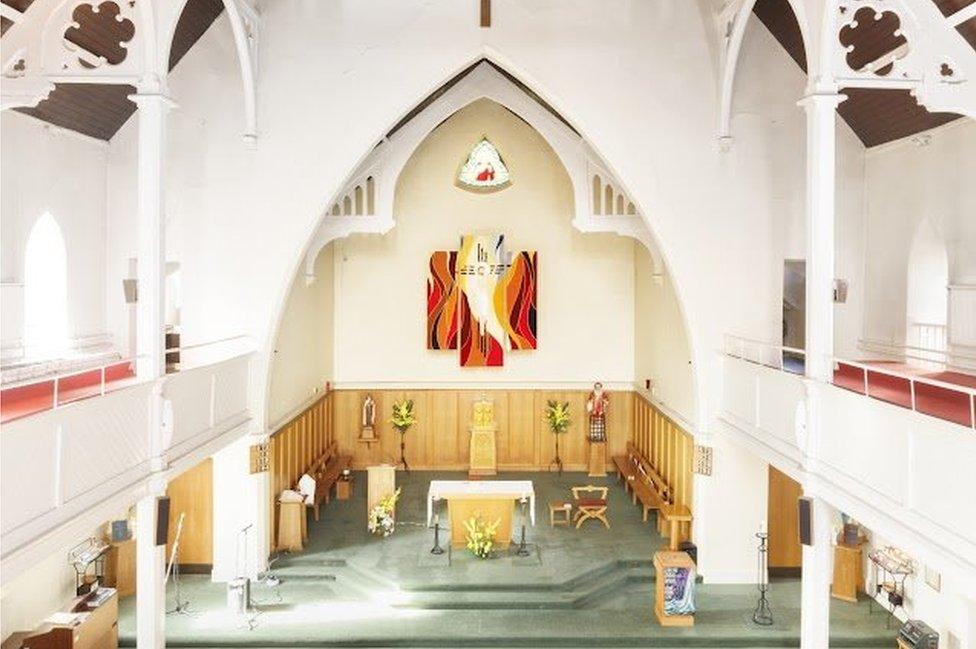
St Lawrence Church was built in 1847
The Heugh Battery is known as the UK's first and only World War One battlefield after three German battlecruisers attacked Hartlepool on 16 December 1914.
More than 100 civilians were killed and 400 injured, but the Heugh Battery guns returned fire and are credited with cutting the bombardment short.
It is run as an independent military museum but "needs significant repair" as it is "suffering from concrete decay, metalwork corrosion, poor ventilation and flooding", Historic England said.
Specialist surveys have been undertaken using a £38,530 Historic England grant and it is hoped repairs can be carried out in the future.
Among the sites removed from the register is All Saints Church in Sockburn near Darlington.

All Saints Church in Sockburn has been removed from the at-risk register
The Norman-built church boasted important Viking grave markers and stones but was placed on the risk list in 1999 due to its poor state of repair.
Three of the Viking stones were stolen in 2016, two of which were found dumped in a nearby river.
Extensive work has been carried out by church bosses and the stones have been moved to Durham Cathedral, Historic England said.
Other sites added to the list in 2023 include:
A defended settlement and medieval farmstead near Titlington Mount in Hedgeley, Northumberland
Bowl barrow near High Court Green in Guisborough, Redcar and Cleveland
Old Fawdon Hill West camp at Ingram, Northumberland
An ancient settlement at Hunterheugh Crags in Hedgeley, Northumberland
The Church of Our Lady and St Columba at Wallsend, North Tyneside
Four sections of the Stockton and Darlington Railway near Bishop Auckland and Shildon in County Durham including the Etherley and Brusselton inclines and the route alongside the River Gaunless
Bewick Hill camp, Bewick, Northumberland
Sites which have been removed from the list include:
The Church of St Hilda at Park Gate in Darlington
A cairn near Westhills Farm in Rothbury, Northumberland
The Victoria Embankment Conservation Area in Darlington
Pike Law lead hushes and mines at Newbiggin, County Durham

Follow BBC North East on Facebook, external, X (formerly Twitter), , externaland Instagram, external. Send your story ideas to northeastandcumbria@bbc.co.uk, external.
- Published22 March 2022
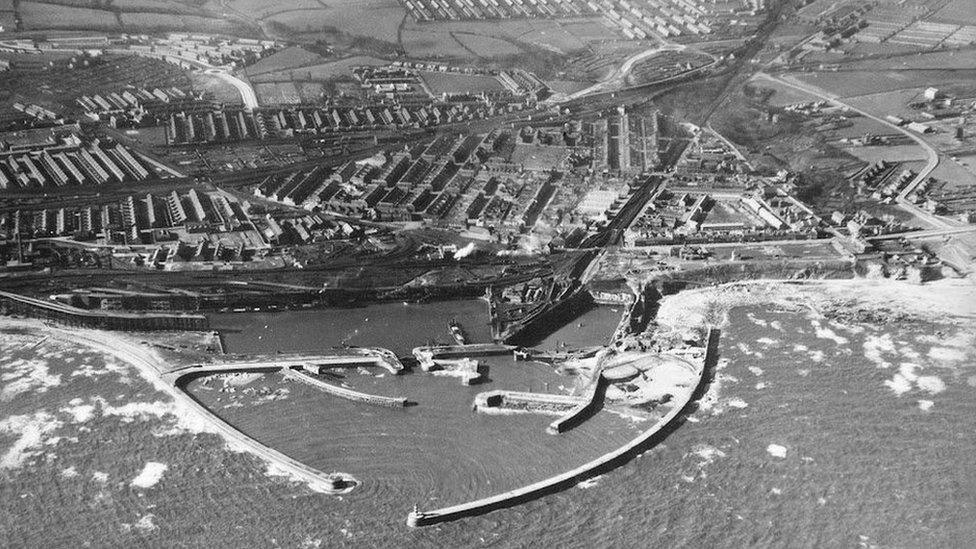
- Published18 April 2021
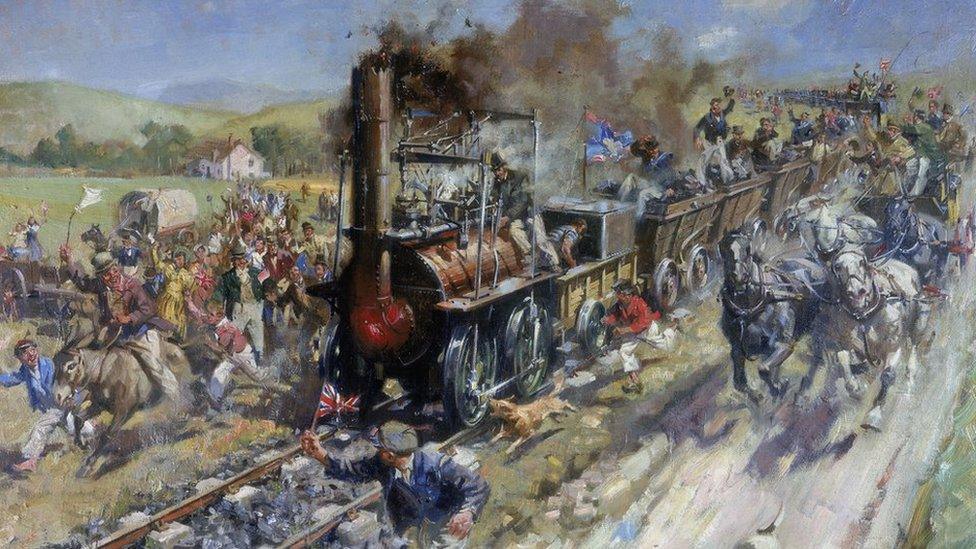
- Published15 October 2020
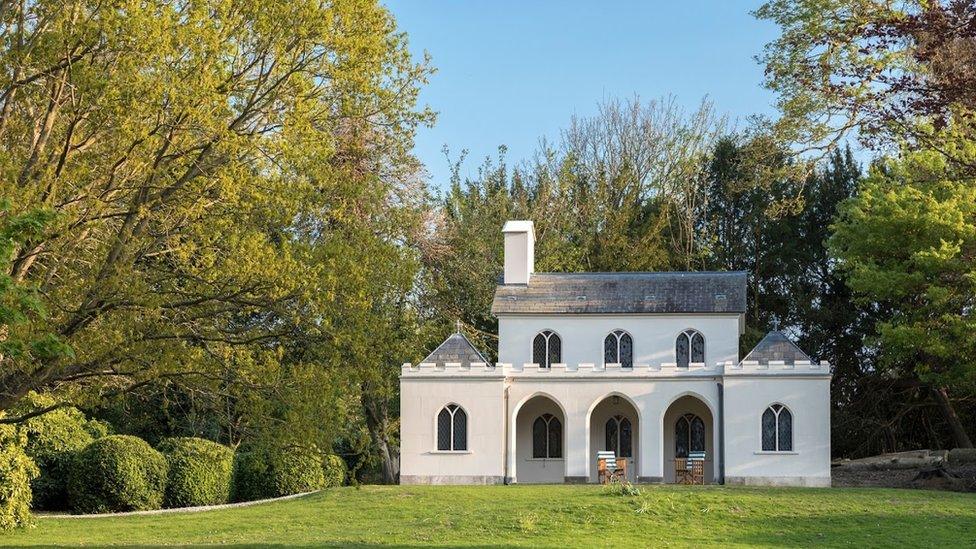
- Published17 October 2019
